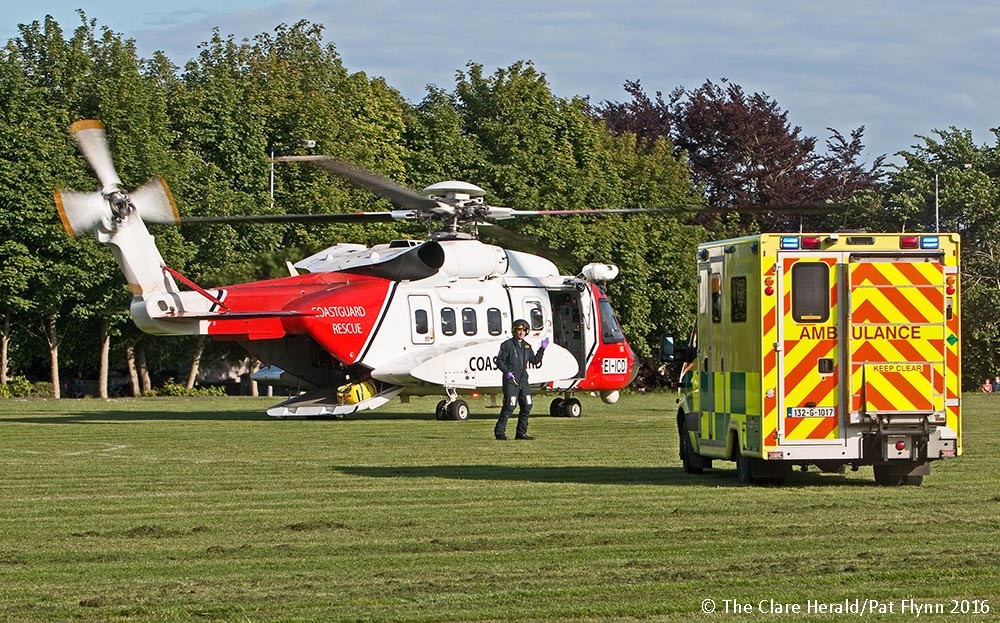
The HSE’s National Ambulance Service (NAS) has confirmed that Safety Action Notices in relation to medical gas cylinders have been issued to the Irish Coast Guard and Irish Air Corps as well as its own ambulance personnel.
The move follows last months tragedy at Naas General Hospital when pensioner Christopher Byrne died after the ambulance on which he was being transported burst into flames. The incident happened at the door of the hospital’s emergency department at around 1.30pm last Thursday.
Following the tragedy, the National Ambulance Service ordered a safety check on all oxygen kits in its vehicles while separate investigations were launched by the HSE, An Garda Síochána and Health and Safety Authority (HSA).
The NAS has now confirmed that following the incident, a number of reviews are currently in progress and that the Irish Coast Guard and Irish Air Corps have also been issued with safety notices.
The Air Corps operates the Emergency Aeromedical Service (EAS) air ambulance on behalf of the HSE while he Irish Coast Guard operates helicopters from bases at Shannon, Waterford, Dublin and Sligo. While their primary function is search and rescue, the helicopters also carry gas cylinders and are often called into action in an air ambulance role.

A NAS spokesman said: “As the review of oxygen kits is still ongoing, the NAS are not in a position to comment on this matter until the review has been completed.”
NAS has confirmed however that it has “reissued Safety Action Notices in relation to Medical Gas Cylinders to all NAS personnel, Air Corps and Coast Guard, as well as policy and procedures in relation to fire evacuation of its vehicles.”
Paramedics have claimed that oxygen and other gas cylinders are stored on top of or close to electrical, heating and video recording equipment on ambulances and that this could be a hazard.
A NAS spokesman said: “The NAS has 266 frontline emergency ambulances in its fleet, all of which carry oxygen cylinders, the location of which will not alter unless advised by the reviews which are currently in progress.”
Paramedics have also said some ambulances have already been taken out of service following last weeks tragedy.
The NAS has said however: “No emergency ambulances has been removed from service as a direct result of the incident in Naas and can confirm that the emergency ambulance involved in the incident was a new Mercedes CDi 152D registered vehicle which came into service in November 2015.”
The HSE National Ambulance Service has again extended its sincerest sympathies to the family of the deceased.
